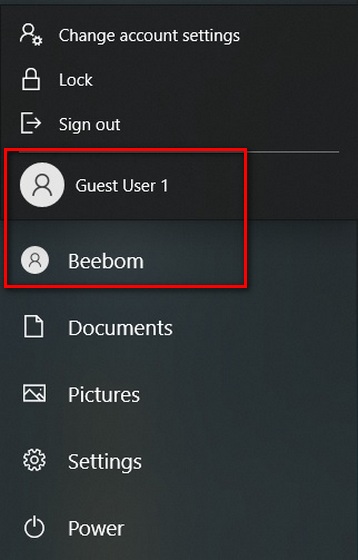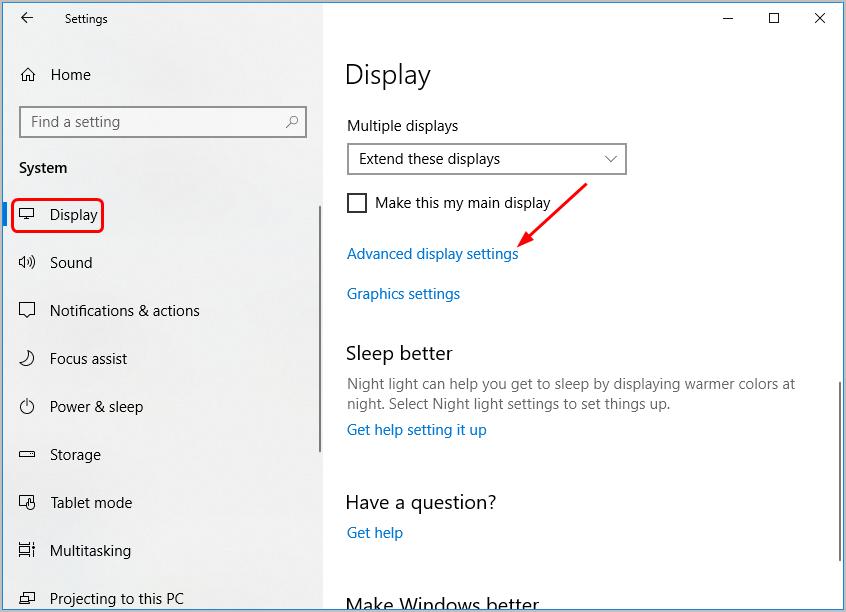
It is normal to see many stripes while you are working on a file. Hover over a stripe to see a tooltip describing the problem or click the stripe for a quick navigation.

The stripes on the scrollbar indicate places where IntelliJ IDEA found a problem. Click the widget get more information on each detected problem in the Problems tool window.įor more information, refer to Current file. The top of the scrollbar has the Inspections widget that gives you a brief summary of the code problems. You can check whether your code has issues and quickly navigate to them. When you work with code in the editor, IntelliJ IDEA displays code analysis results that include errors and warnings on the scrollbar. You can also find and adjust the color scheme settings including the high contrast color scheme for people with eyesight deficiency on the Editor | Color Scheme page and the keymap settings on the Keymap page of the Settings/Preferences dialog ( Ctrl+Alt+S). Use the same shortcut Ctrl+` to undo your changes. In the Switch menu, select the option you need and press Enter. You can switch between schemes, keymaps, or viewing modes. Press Backspace to remove the selected file from the list and close it in the editor. Keep Ctrl pressed to leave the switcher popup open. To jump between the opened files and tool windows with the switcher, press Ctrl+Tab. You can use the same shortcut Shift+F12 to restore the saved layout. To save the current layout as the default, from the main menu select Window | Store Current Layout as Default. If you need to keep the terminal window open when you switch back to the active editor, press Ctrl+Tab. IntelliJ IDEA closes the terminal window. Return to the editor from the command-line terminal IntelliJ IDEA moves the focus from any window to the active editor. Switch the focus from a window to the editor In this case the active screen is maximized and other screens are moved aside. IntelliJ IDEA hides all windows except the active editor. You can use various shortcuts to switch between the editor and different tool windows, change the editor size, switch focus, or return to the original layout. Tabs show the names of the currently opened files. The gutter shows line numbers and annotations.

The scrollbar shows errors and warnings in the current file.īreadcrumbs help you navigate inside the code in the current file. The editor consists of the following areas: Use the following steps to view all open apps in desktop mode:Click the Task View Button on the task bar.Select the app you wish to use, or you can click the X in the app window to close that app.The IntelliJ IDEA editor is the main part of the IDE that you use to create, read and modify code.įor information about adding and editing code, refer to Write and edit source code.

How do I view all open apps in desktop mode? Windows 10: View All Open Apps in desktop mode - Acer Community


 0 kommentar(er)
0 kommentar(er)
